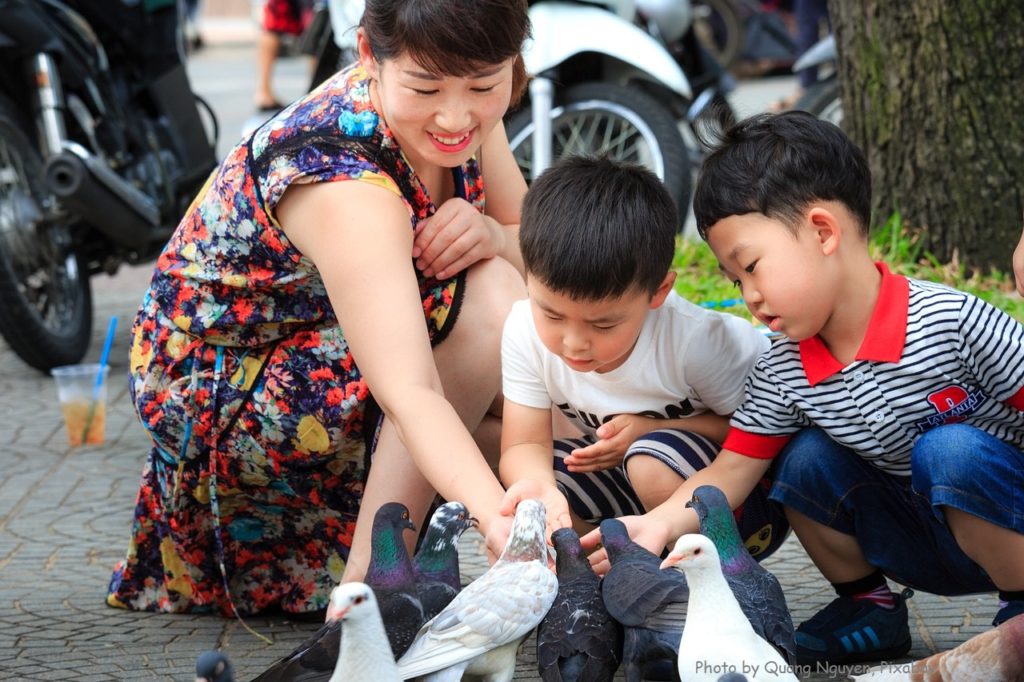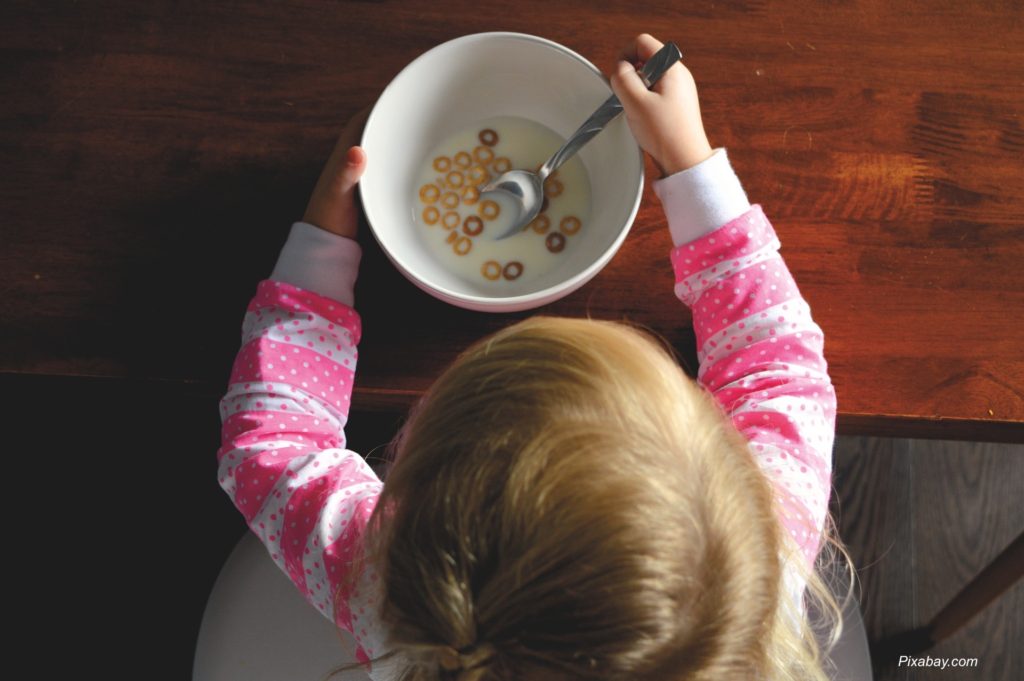
Do you ever wonder if some of the health advice your mom gave you growing up was actually correct?
On this Mother’s Day, we credit those moms who really do know a thing or two about child health.
1- Give your child chicken soup when she is sick.
There is merit to chicken soup. Children need to drink extra fluids when they are sick. Fevers, coughs, diarrhea, vomiting, and infections all can contribute to dehydration. Chicken soup is a great tasting fluid, has electrolytes (salt), and the vegetables that you cook in it leak all of their vitamins into the soup. Basically this is homemade “smart water” heated up. An added bonus: the chicken gives kids protein they need to fight infection.
If your child does not like chicken soup, you can hydrate them with water, apple juice, or milk (yes, kids can drink milk even if they have a cough or a fever).
2-Wear your gloves.
Moms do know how to dress kids for cold weather. Gloves are important because fingertips are at risk for frostbite. So are noses, but you can’t put gloves on that appendage.
3- Give honey for a cough.
We have written about this before- honey beats out placebo and even cough medicine in a few studies of parents’ perception of children’s sleep when sick with a cough. You can put it into tea, warm or cold milk, or give it straight off a spoon. Just be sure to brush their teeth afterward. And we remind you to NOT give honey to babies younger than one year of age because of concern for infant botulism.
4- Get some Vitamin D.
While we advise sunscreen for when your kids play outside, she is right that vitamin D , which comes from sun exposure and certain foods, is important. It not only contributes to bone health, but also modulates the immune system. Just focus on providing vitamin D-containing foods rather than tanning sessions.
5- Turn that music down. High frequency hearing loss is related to exposure to loud noises over time.
6- Take that out of your mouth!
“That” might refer to toys or a kids’ own fingers. Babies and toddlers, of course, developmentally need to mouth objects as part of exploration, and some soothe their gums while teething as they chomp on their fingers or on large, non-chokable toys. Your job is constant supervision to prevent them from placing small chokable or toxic objects (button batteries) into their mouths. Unfortunately, older kids have been known to put necklace beads, coins, game pieces, and their own fingers in their mouths. Some bite their nails or suck their thumbs. Your mom was right when she told you to “take that out of your mouth” in effort to avoid germ spread and to avoid choking.
7- Your nose is runny because it’s cold outside. While kids can’t catch a cold virus from cold temperatures, cold temperatures can cause a nose to run. This phenomenon, dubbed vasomotor rhinitis, occurs when the vessels in the nose dilate and cause congestion.
8-Take a nap.
Just like a little exercise goes a long way to improving health, a little nap can go a long way to restoring your energy level. Young kids tend to give up naps anywhere from 2 to 5 years old. If they are sleeping well overnight and are not sleepy during the day, they don’t need naps anymore. However, sometimes even after they give up nap time, kids fall behind on sleep: from illness, from a later bedtime due to a social event, or homework. A short nap can help them catch up on sleep and thus improve their mood and help their brains retain new knowledge. Just be aware that if you let your child nap for too long or too close to bedtime, they might have difficulty falling asleep that night which can put them in a vicious sleepy cycle.
Happy Mother’s Day – may you moms get a nice little nap today!
Julie Kardos, MD and Naline Lai, MD
©2019 Two Peds in a Pod®

